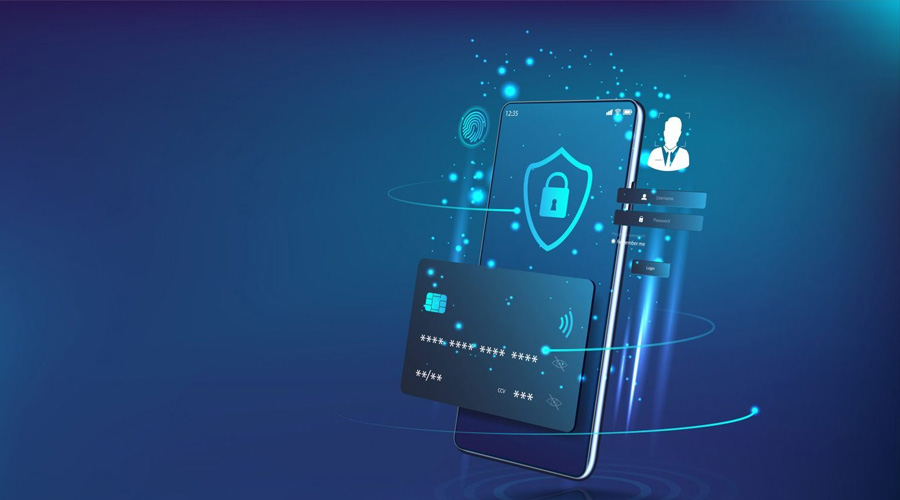Digital Payments: The New Normal in Global Transactions and How it is Changing Cashless Economy

Key Takeaways:
- Digital payments offer convenience, speed, and security. That’s why more people are moving away from cash.
- The rise in smartphone use and fintech innovation fuels the adoption of digital payment methods globally.
- From small stores to international markets, digital payments are becoming the preferred way to transact.
Digital payments have seen a massive surge globally in recent years. People are now more likely to grab their phones than their wallets, even for everyday purchases like groceries. Digital transactions have become the norm. So, what’s driving this rapid shift? The convenience, speed, and security of digital payments are likely key factors.
Global Growth in Digital Payments
Countries such as India, China, and the United States are at the forefront of adopting digital payments. The total amount is projected to rise to $14.78 trillion by the end of 2025, according to Statista reports. Governments, banks, and tech companies are all pushing digital initiatives.
Digital wallets and payment apps are now more accessible than ever. Anyone with a smartphone and internet access can easily conduct transactions. This simple access has opened doors for millions, even in rural areas.
Convenience That Fits Modern Life
People enjoy the convenience of everyday tasks. Digital payments offer both. No more waiting for change or visiting ATMs. With one tap or scan, a transaction is complete.
Mobile wallets like Google Pay, Apple Pay, and Paytm allow payments in seconds. Contactless cards make purchases fast and safe.
Strong Push from Governments and Businesses
Governments play a critical role in promoting cashless transactions. For example, India’s Digital India campaign made digital contactless payment methods easy to use for everyone.
Digital payments also save time by eliminating the need for cash, making them beneficial for businesses. They also make accounting and bookkeeping simpler.
Also Read: Revolutionizing Digital Payments with Generative AI: A New Era of Personalized Experiences
Improved Security Measures
One of the major concerns with money is its security. All the digital payment platforms provide multi-layer security. Encryption, biometric verification, and two-factor authentication are some of the strict security measures.
Data protection makes people more confident in using digital payments. Also, it is easy to monitor and trace transactions using mobile apps.
Rise of Fintech and Innovation
Fintech startups are constantly rising. Their innovations in modern technology provide a great alternative to traditional banking. It leads to better, faster, and safer digital payment options.
In Africa, apps like M-Pesa are changing the way people do transactions. In China, WeChat Pay and Alipay are dominating daily life. These platforms combine messaging and shopping for a complete user experience.
Pandemic Accelerated Adoption
The COVID-19 pandemic changed how people shop and pay. Remote and contactless payments became necessary. Even people who once preferred cash began exploring digital methods.
According to a Mastercard survey, 82% of global users found it convenient to make remote payments during the pandemic. That habit has stuck long after restrictions eased.
Access for the Unbanked
Digital payments help bring financial services to everyone. Users can make transactions without going to a bank. This inclusion is particularly beneficial in developing regions, enabling them to participate in the cashless economy.
Small businesses can grow, and families can manage their finances more effectively due to the availability of financial tools.
Challenges Remain
It is not easy to completely adopt the digital payment technology. Major challenges, like a lack of internet connection, digital literacy, fraud, and scams, make it difficult.
However, continuous technological growth and awareness help address these challenges. Also, education is crucial for safe and widespread adoption.
Conclusion
Digital payments are an integral part of the evolving financial landscape. The constant growth and innovations in fintech are encouraging people to join the digital economy. The shift from paper money to digital is here to stay. Whether it’s for shopping, selling, or paying a bill, digital transactions are the easiest and safest option.

